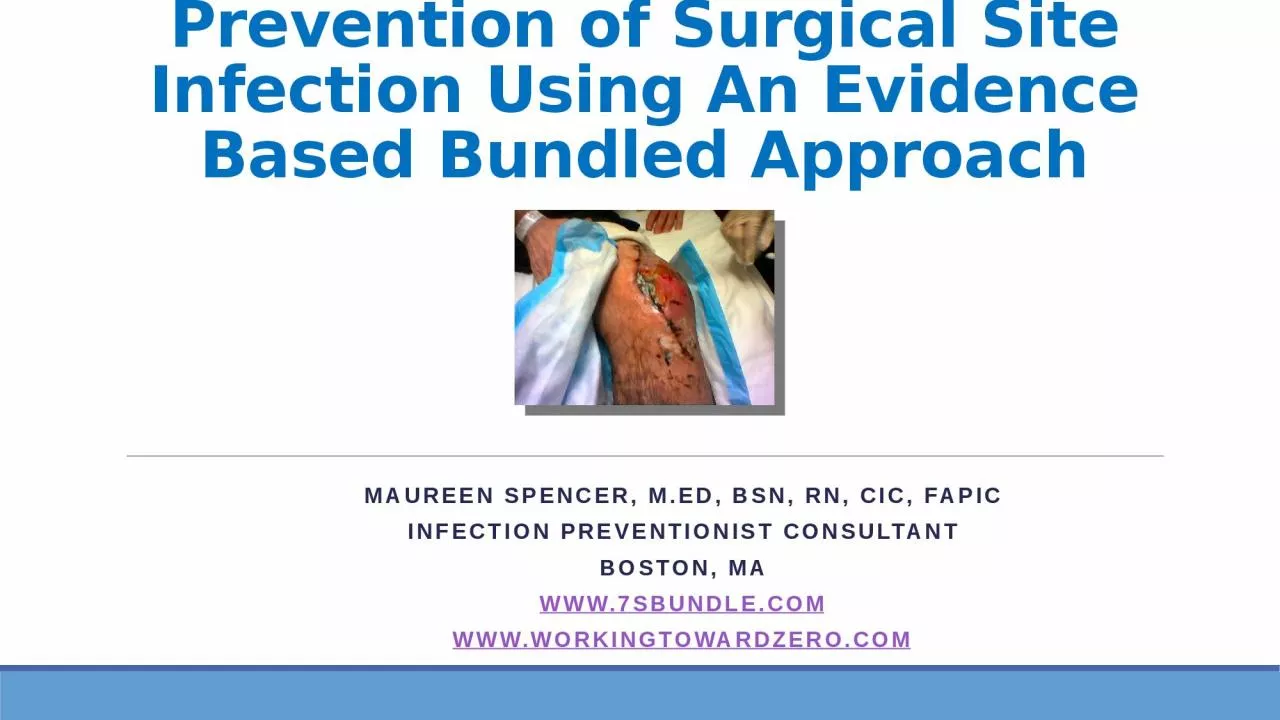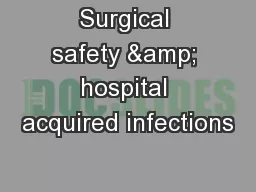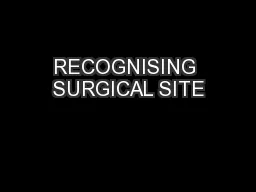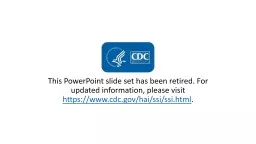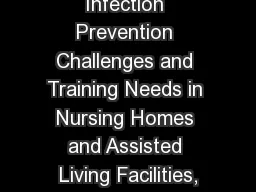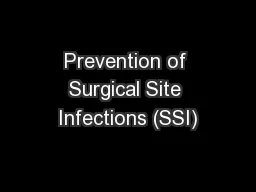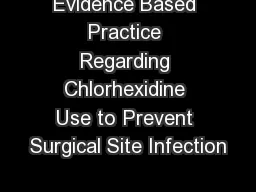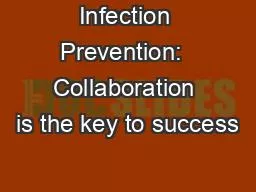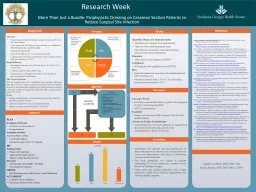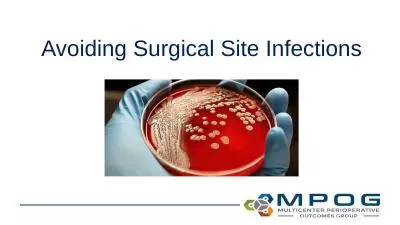PPT-Prevention of Surgical Site Infection Using An Evidence Based Bundled Approach
Author : bety | Published Date : 2022-06-18
Maureen Spencer MEd BSN RN CIC FAPIC Infection Preventionist Consultant Boston MA www7sbundlecom wwwworkingtowardzerocom Faculty Disclosure Maureen P Spencer
Presentation Embed Code
Download Presentation
Download Presentation The PPT/PDF document "Prevention of Surgical Site Infection Us..." is the property of its rightful owner. Permission is granted to download and print the materials on this website for personal, non-commercial use only, and to display it on your personal computer provided you do not modify the materials and that you retain all copyright notices contained in the materials. By downloading content from our website, you accept the terms of this agreement.
Prevention of Surgical Site Infection Using An Evidence Based Bundled Approach: Transcript
Download Rules Of Document
"Prevention of Surgical Site Infection Using An Evidence Based Bundled Approach"The content belongs to its owner. You may download and print it for personal use, without modification, and keep all copyright notices. By downloading, you agree to these terms.
Related Documents

